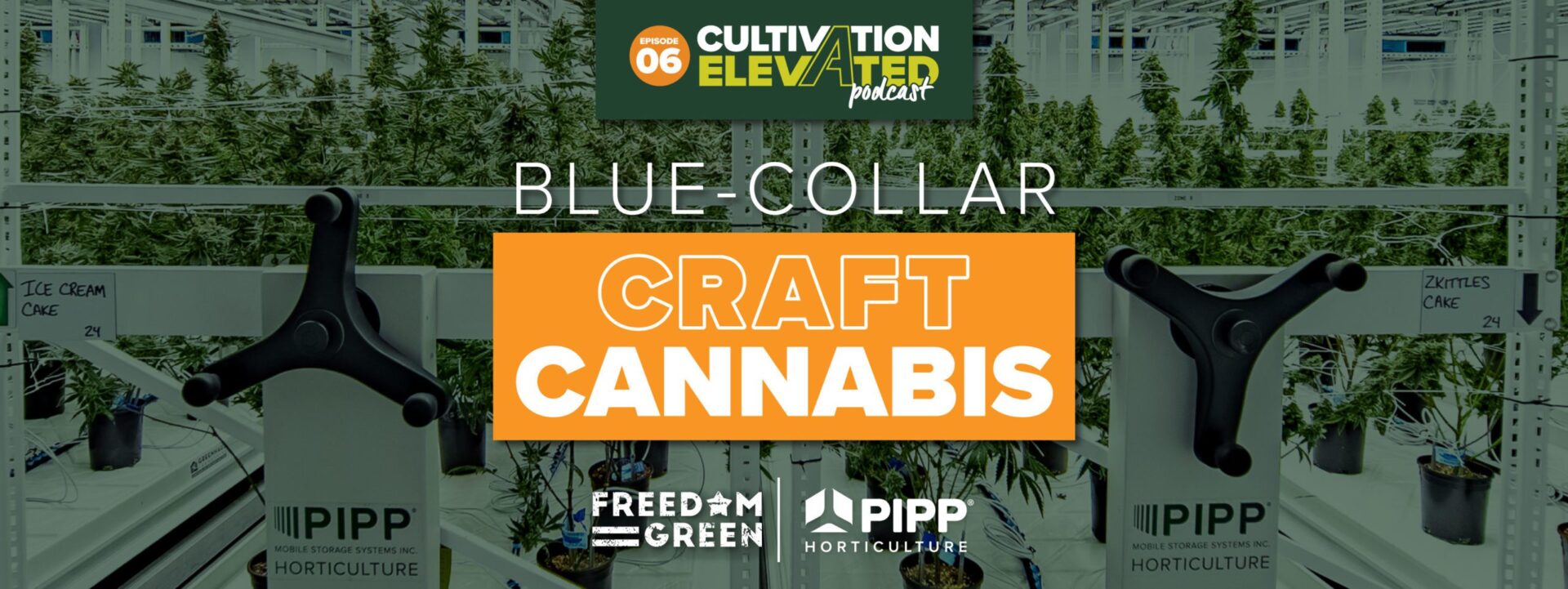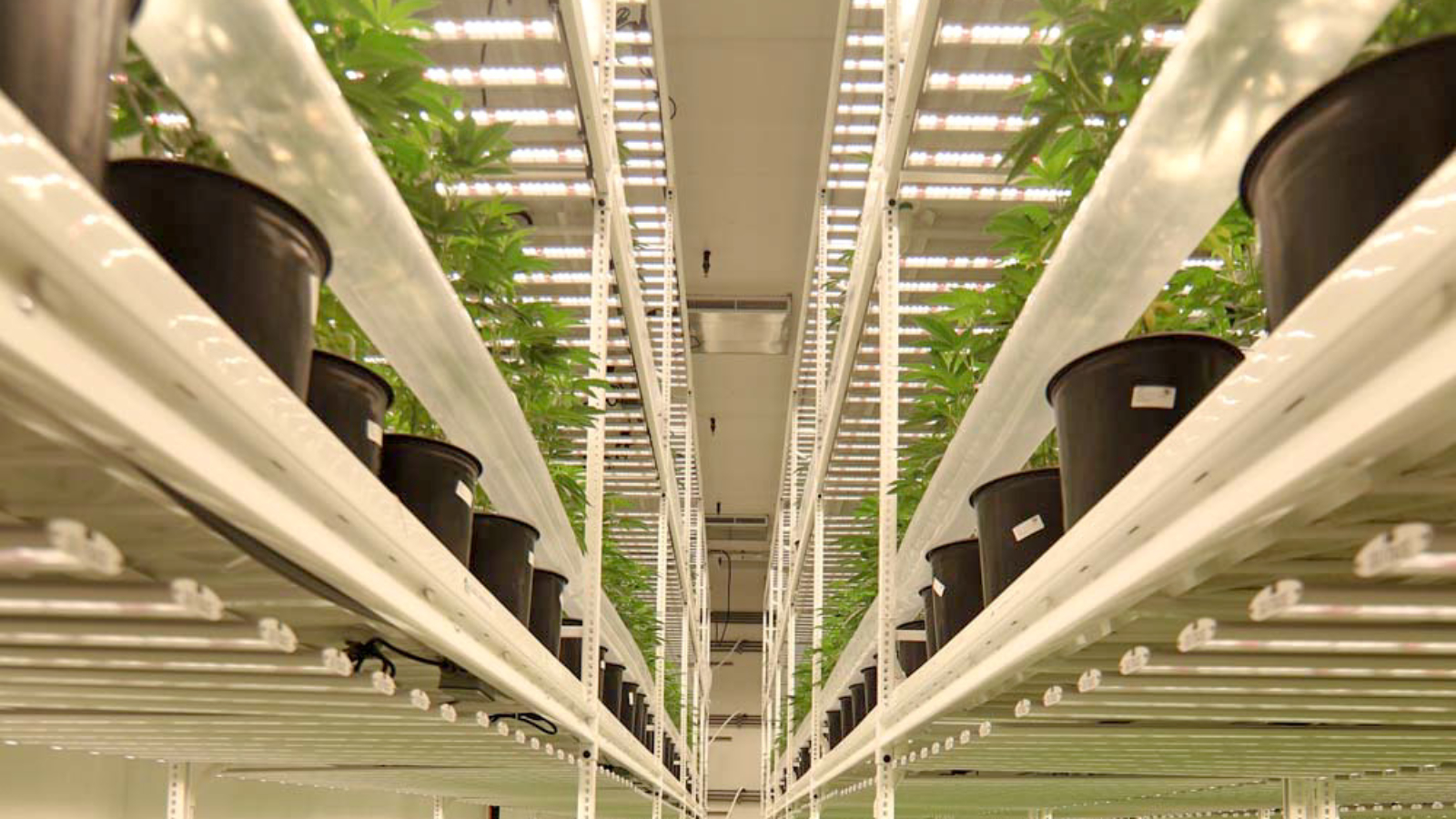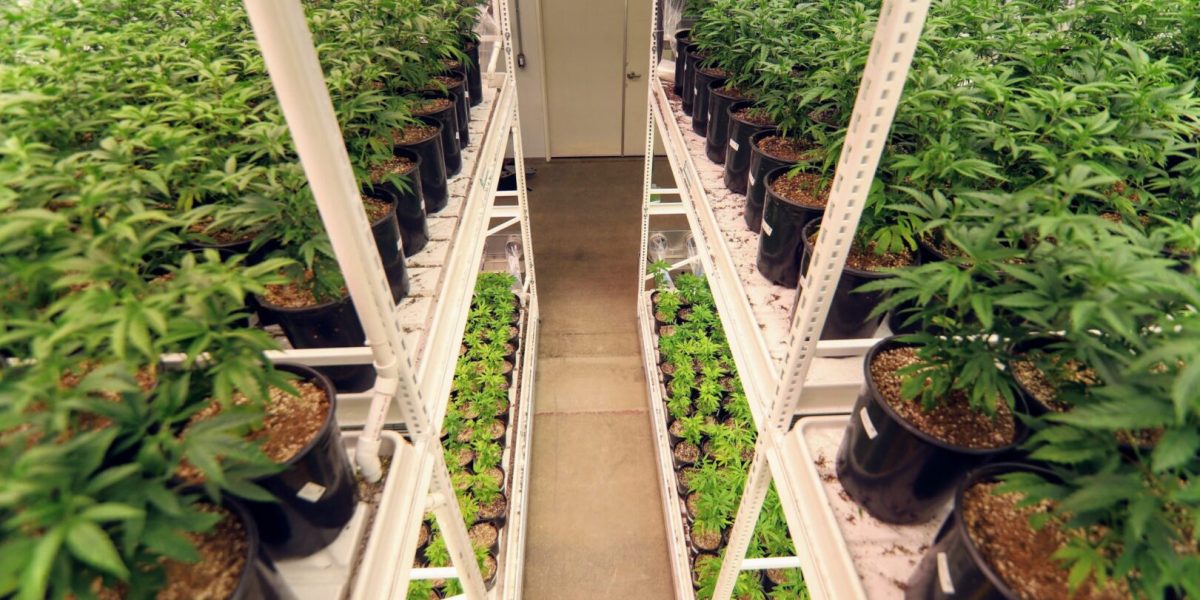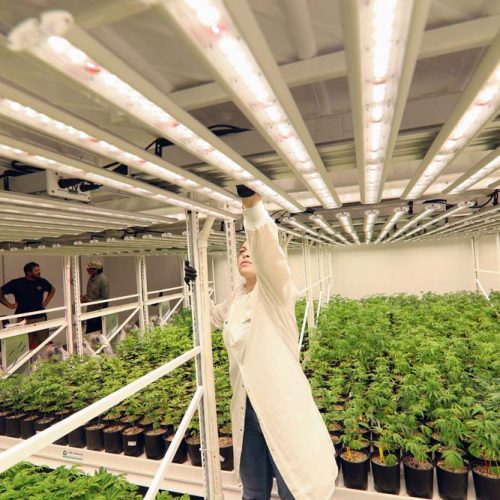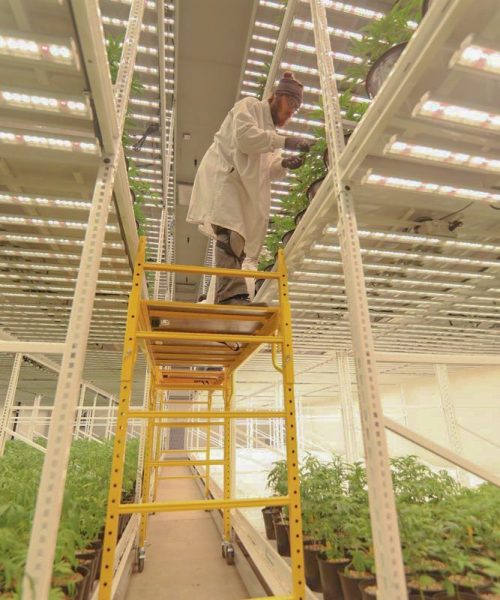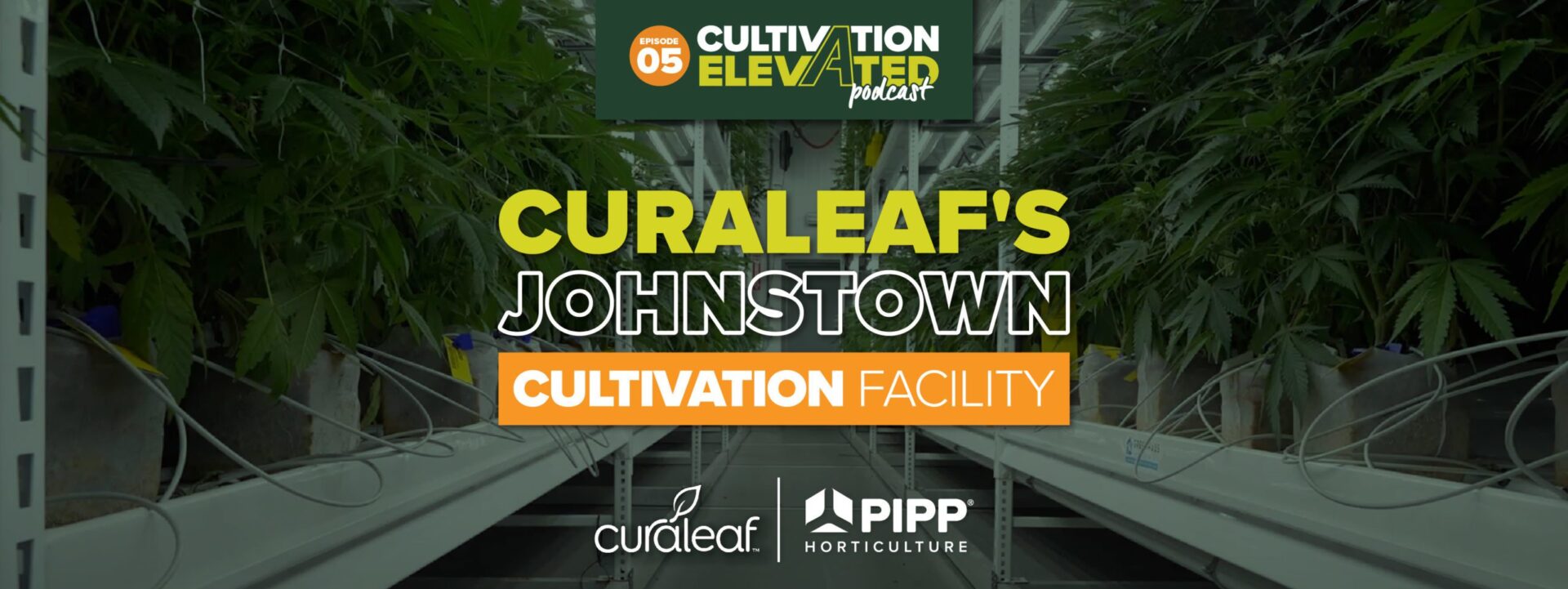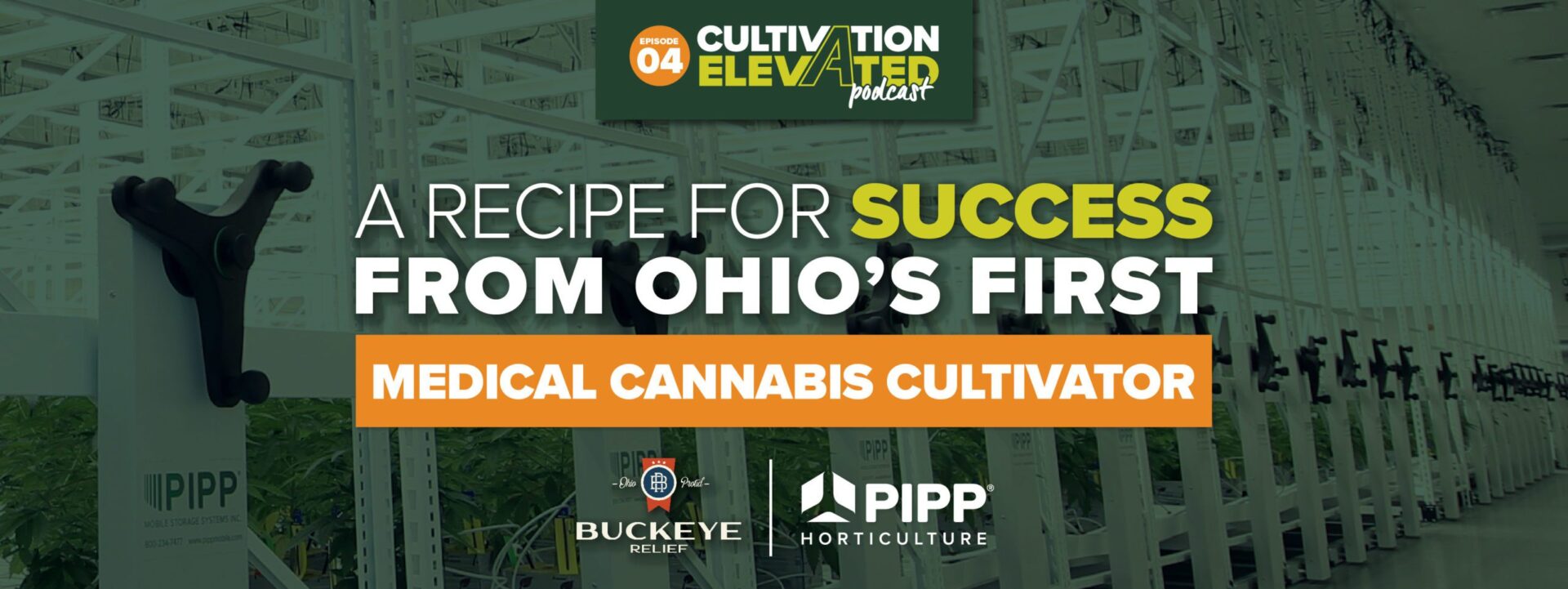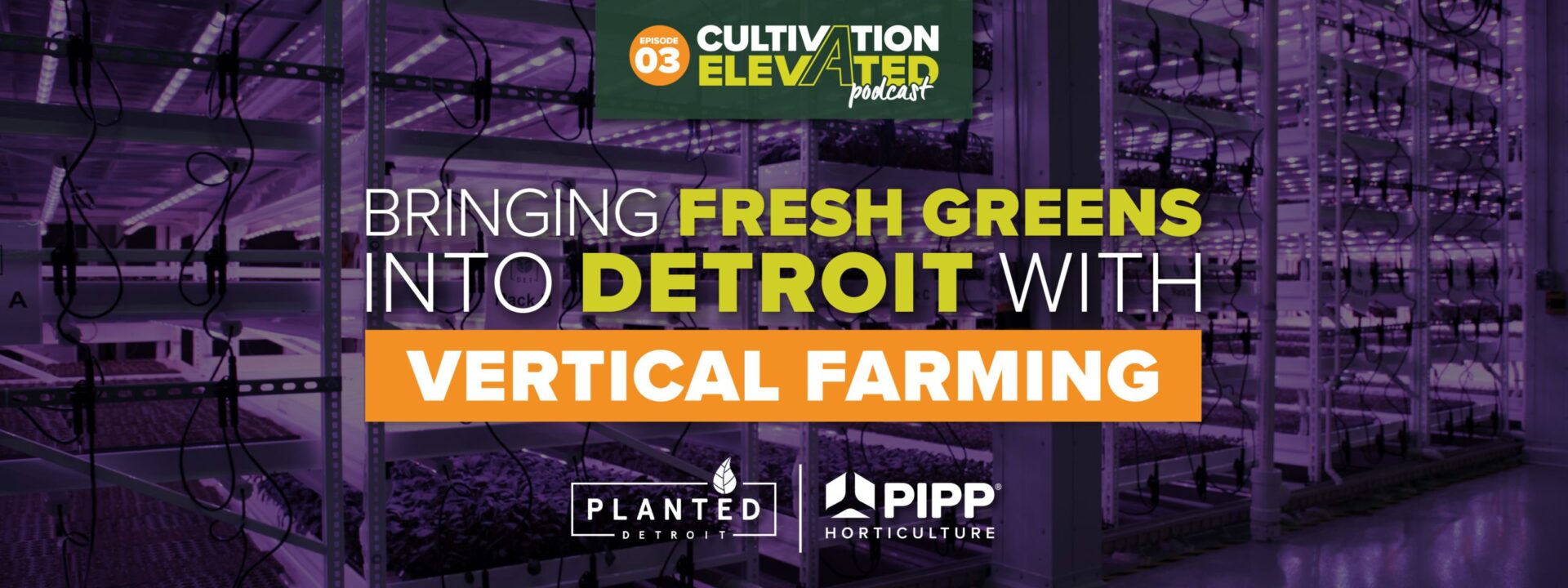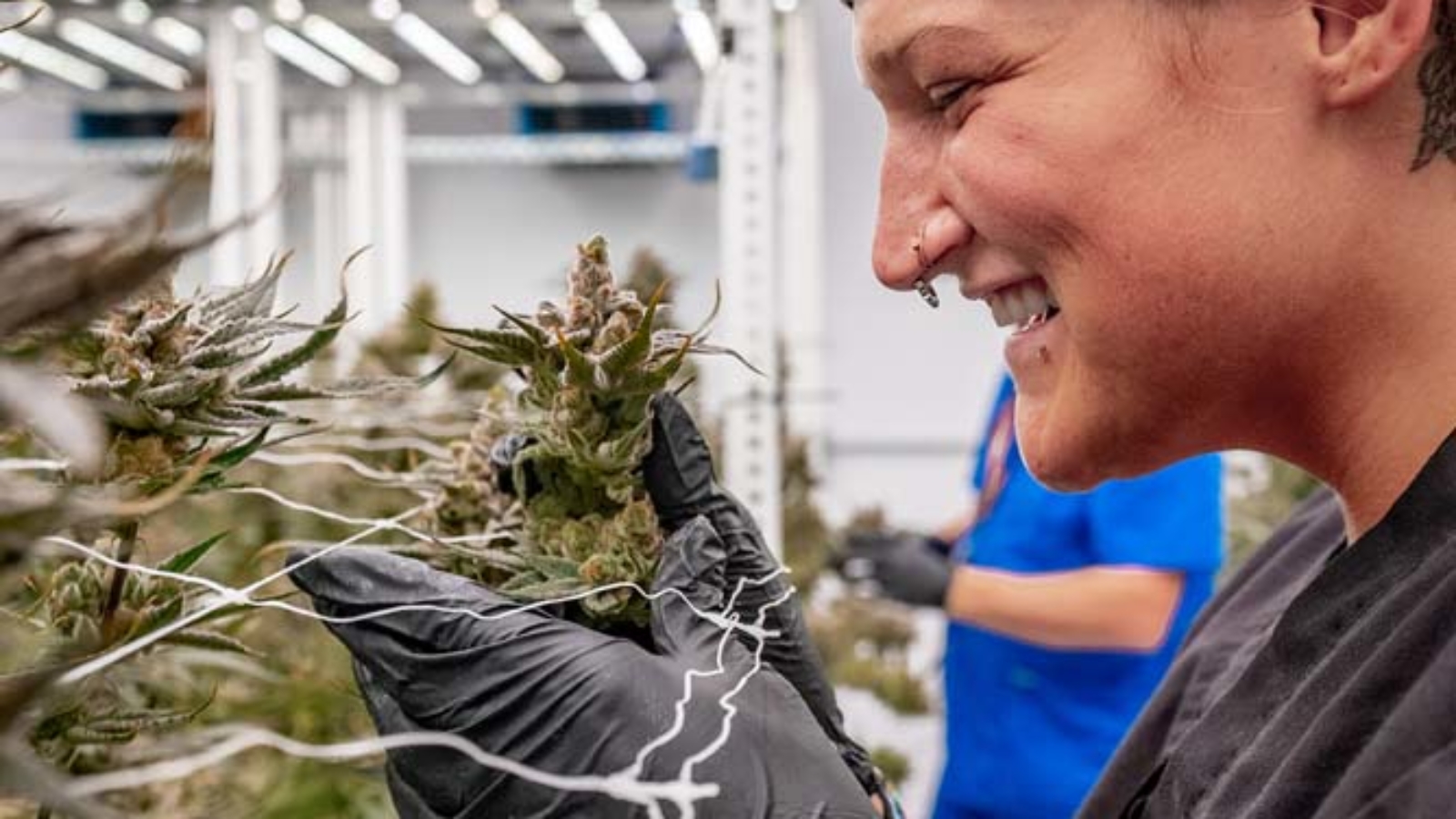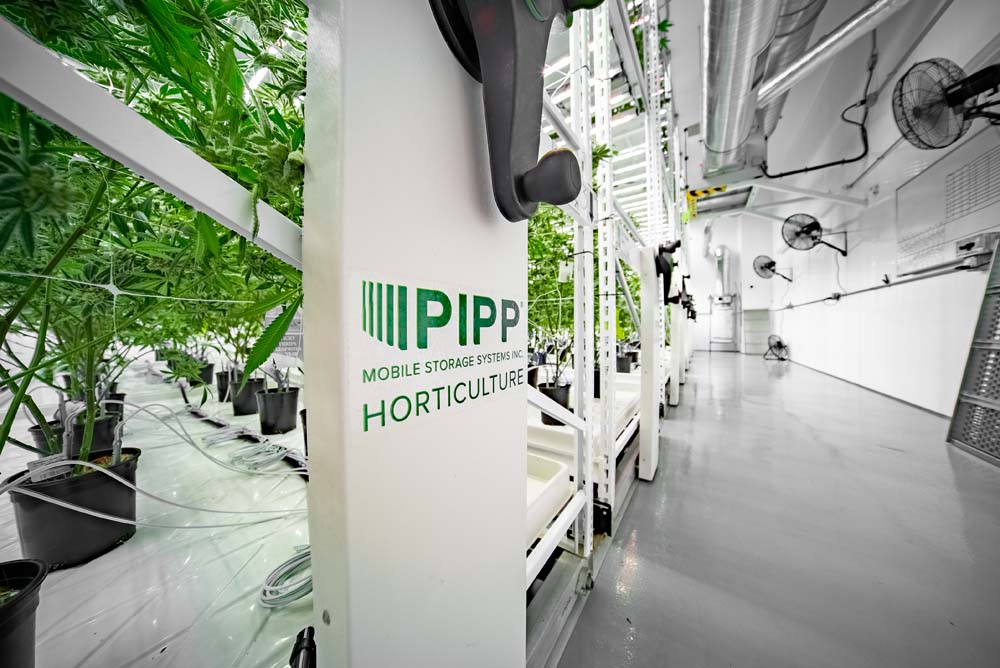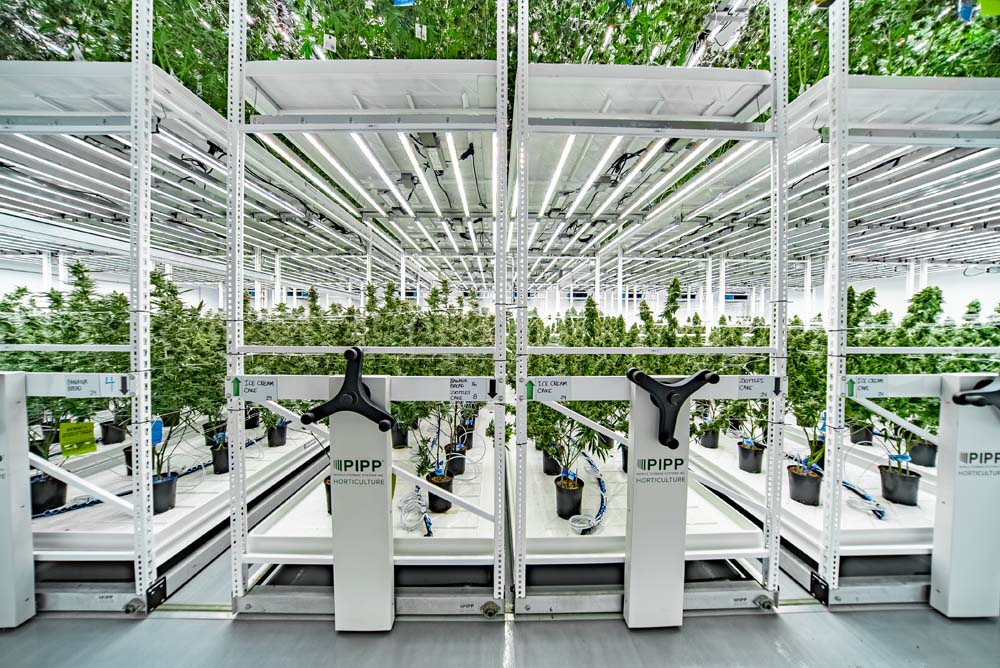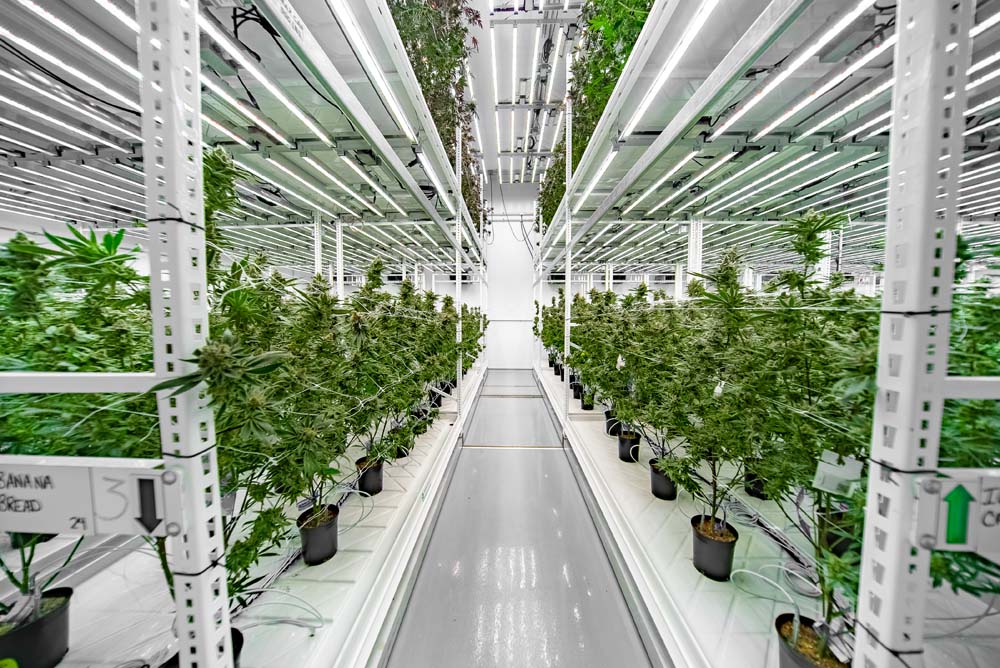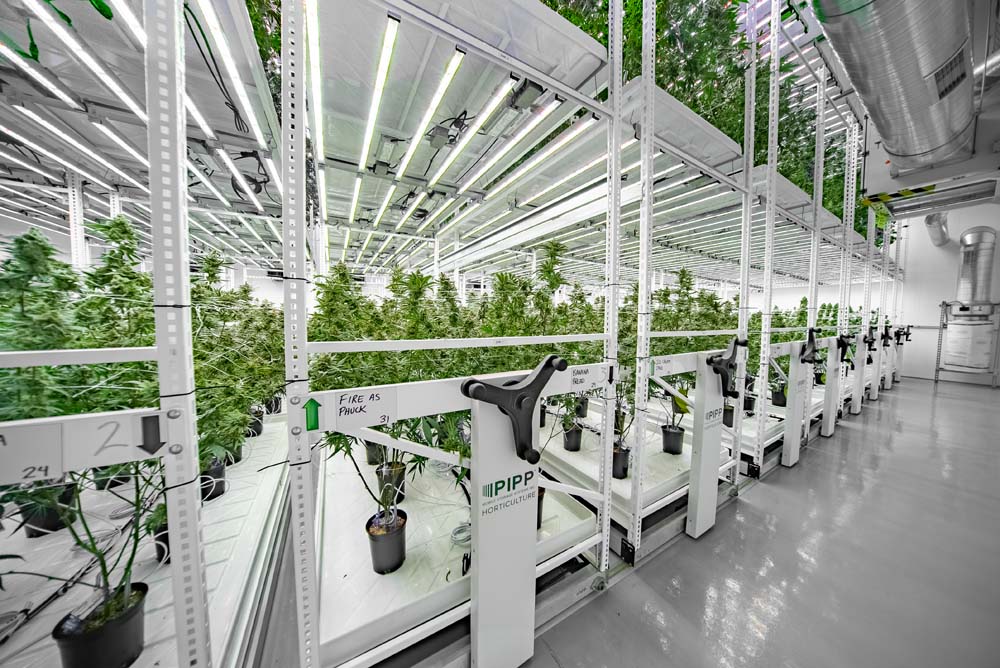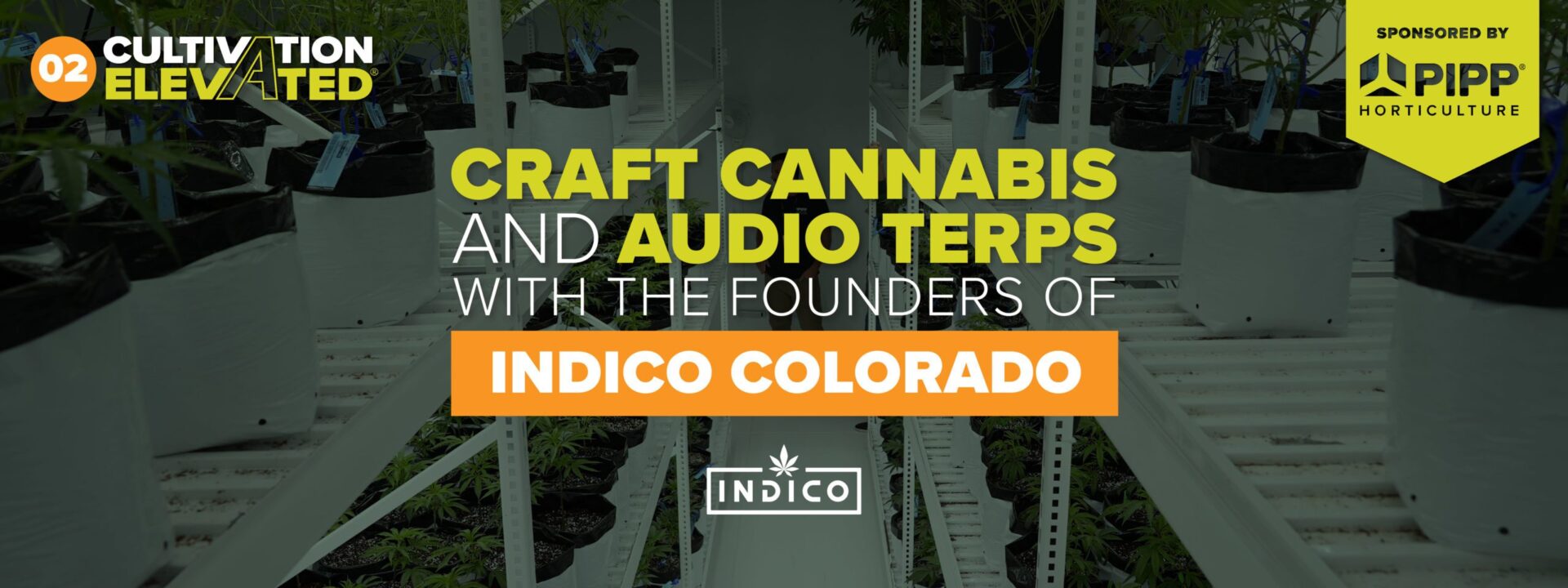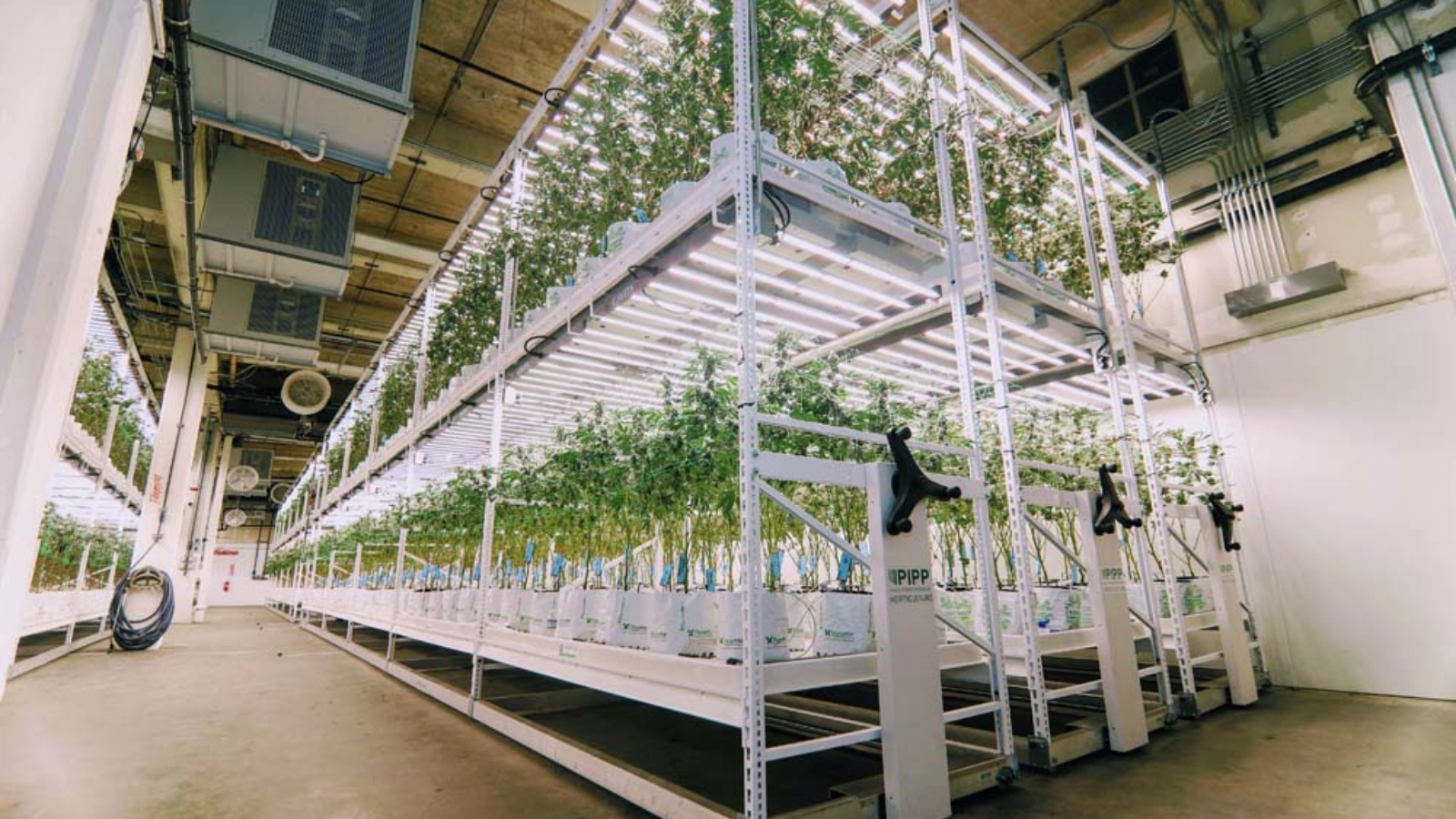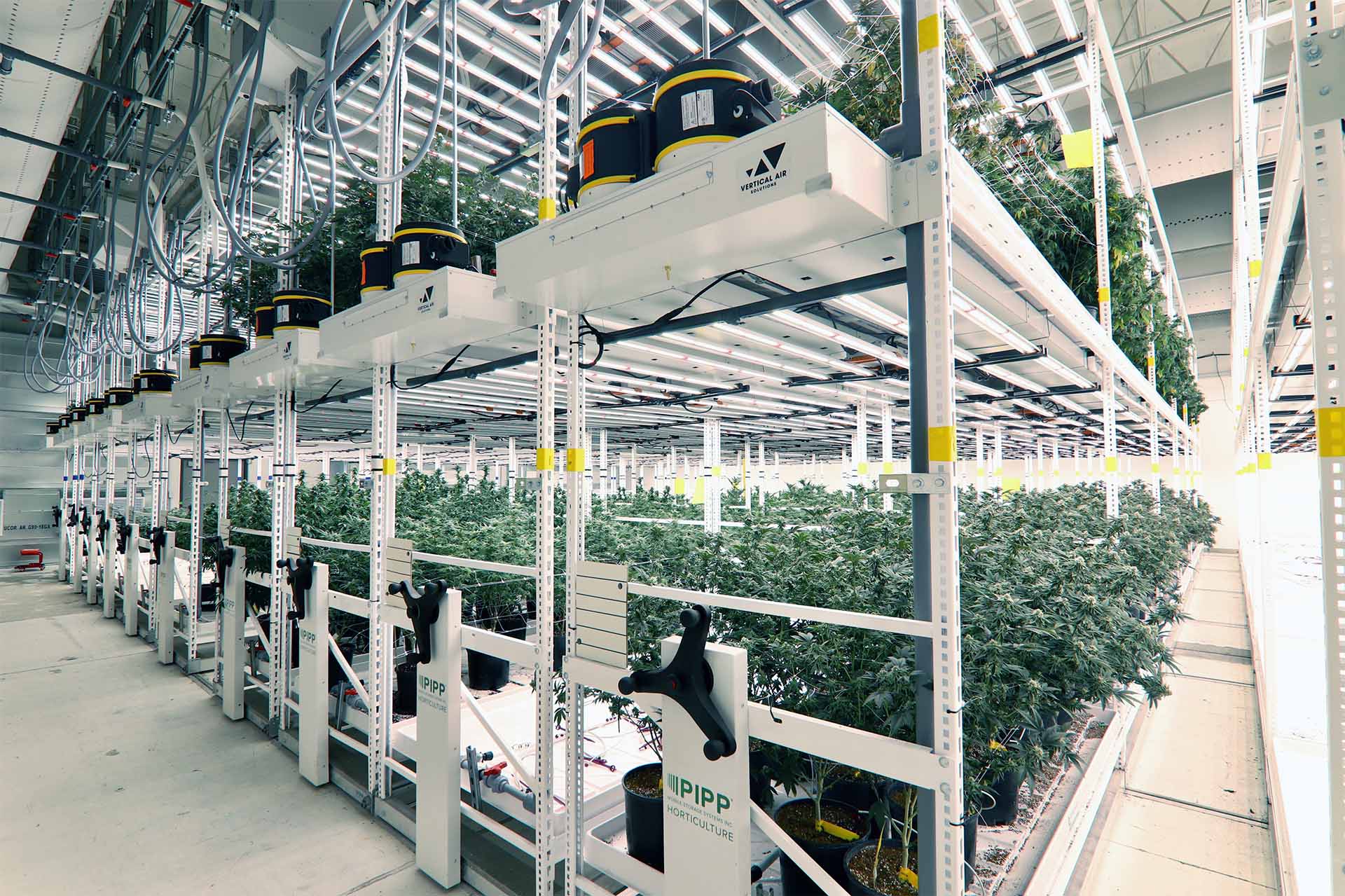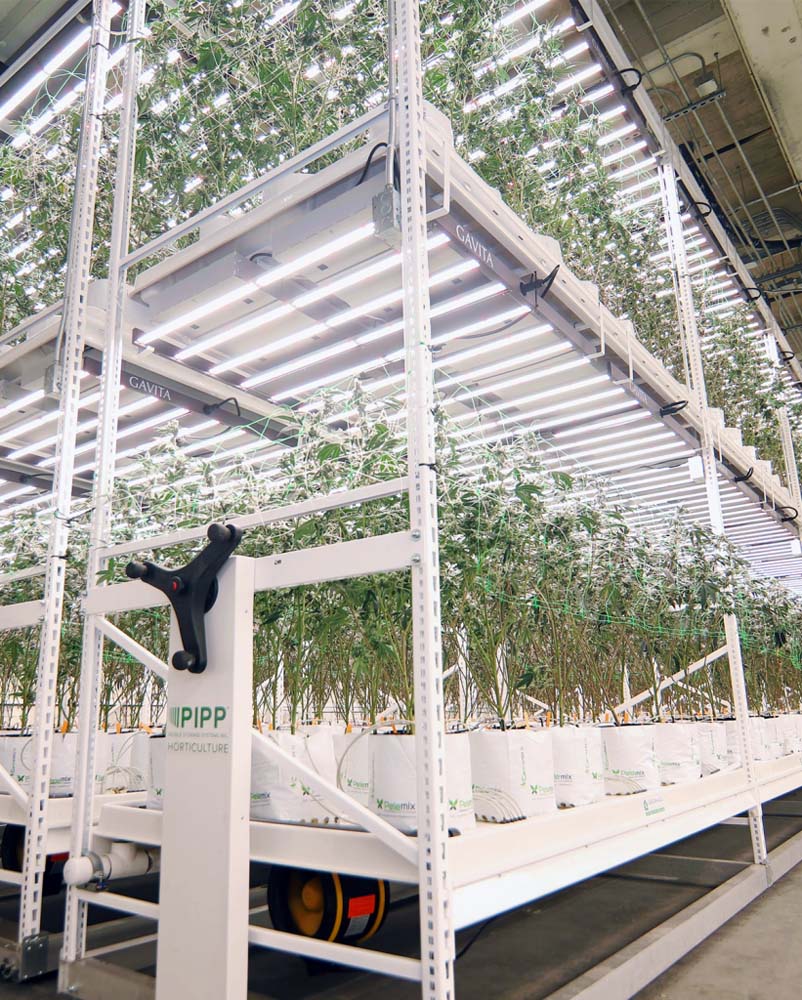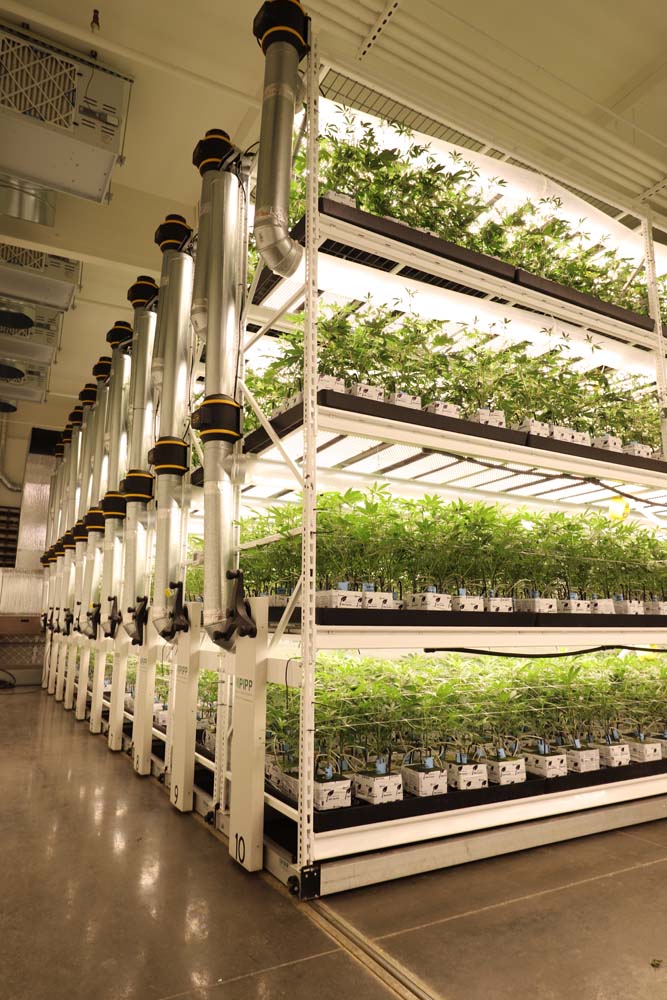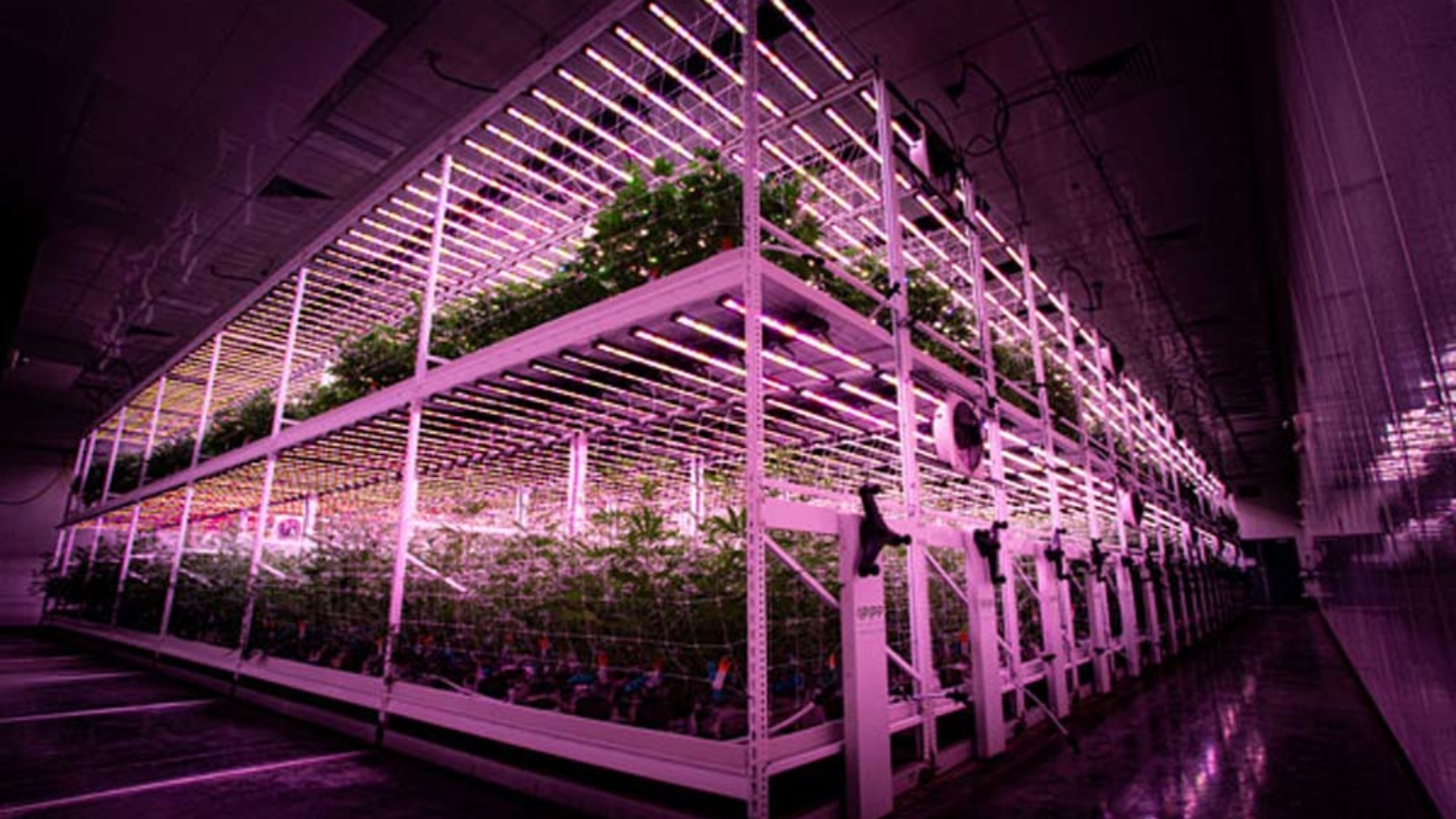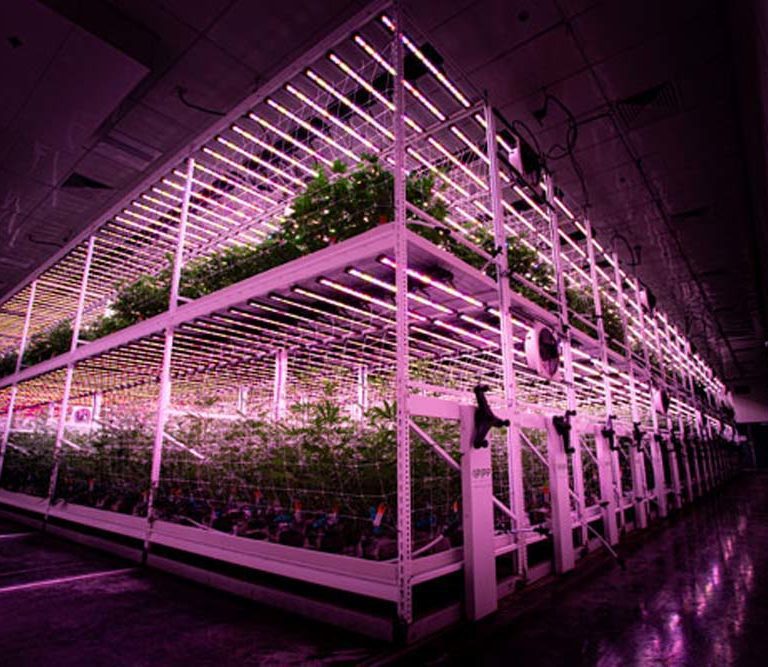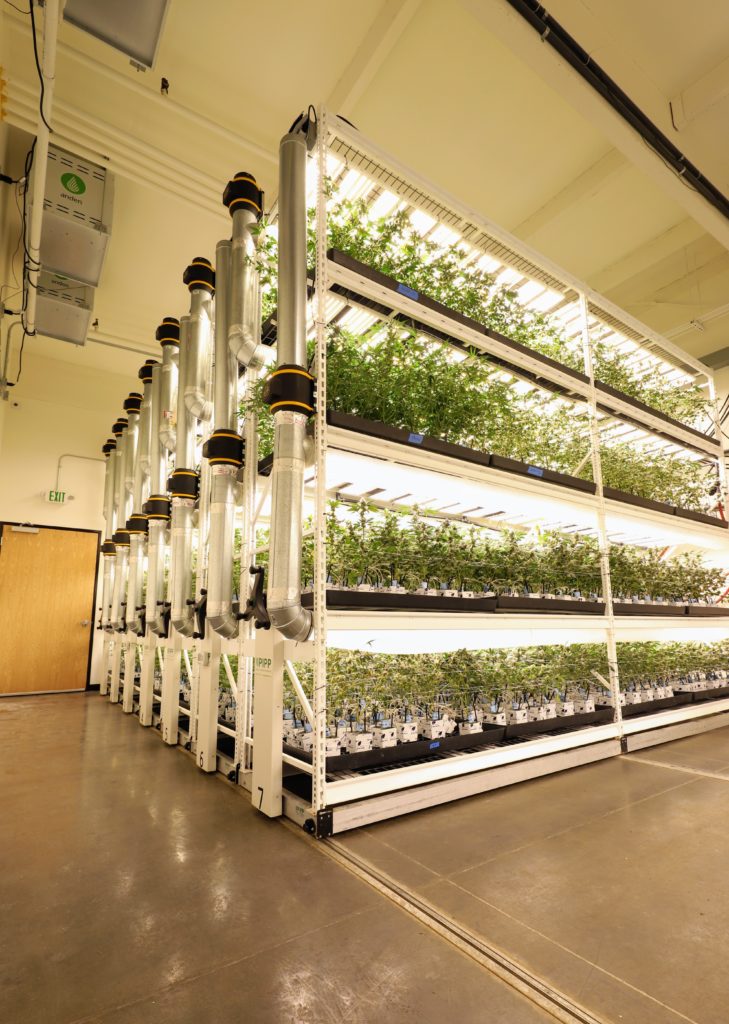The Pros and Cons of Vertical Farming
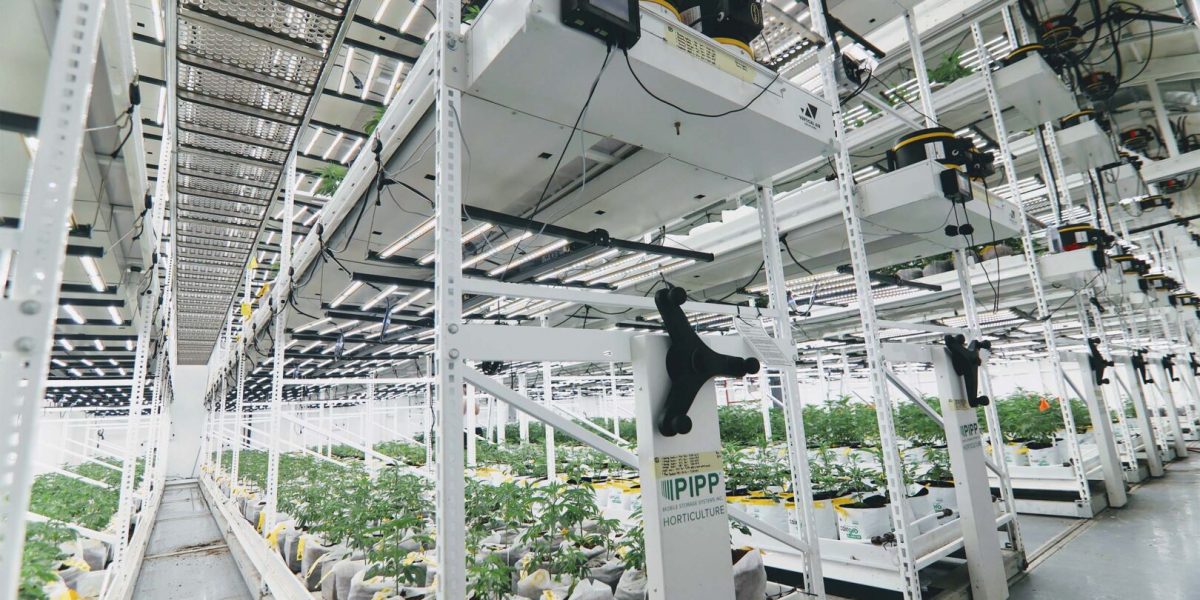
Creating a Future with Vertical Farming
The cannabis cultivation world is changing every day. According to the World Health Organization, about 147 million people consume cannabis; we’re talking about a massive marketplace for your business, wherever you’re based. With this rising demand, growers must think creatively to stay ahead and adopt future-proofed strategies to achieve their goals.
Vertical farming allows growers to meet these market needs while leaving a smaller footprint and creating a more efficient workflow.
Facilities benefit from increased square footage for plants and the ability to cultivate more than one strain. Nevertheless, funding the initial costs for equipment and installation can be difficult, especially for new businesses.
As with any cultivation method, understanding the advantages and disadvantages of vertical farming is the key to success.
What Is Vertical Farming?
In the agricultural world, vertical farming is a technique that allows growers to cultivate crops upward with Vertical Grow Racks. Traditionally, cannabis growers have operated using single-tiered growing media.
However, this layout limited their ability to expand their inventory and production line. In response, cultivators developed the concept of vertical farming to boost yield while remaining in the same footprint.
The Benefits of Vertical Farming
There are numerous advantages to vertical farming. Not only can cannabis cultivators increase yield, but they can also reduce water waste and grow year-round. Vertical farming facilities efficiently utilize space, enabling businesses to optimize operations and effectively meet market demands.
1. Maximized Grow Space
Instead of relying on single-tier grow tables, cultivators can now take advantage of the tall ceilings in commercial warehouses. Adding multiple growing spaces can significantly increase production capacity to generate revenue.
The right grow racks are vital to any successful vertical farming operation. Furthermore, mobile carriages allow for easy movement to create high-density grow rooms. These products can be used through multiple stages in the plant life cycle to increase operational efficiency.
2. Increased Genetic Offerings
Another advantage of vertical farming is the ability to cultivate multiple cannabis strains. These designs allow you to house a wider variety of genetics to rotate into a production schedule without sacrificing yields or needing a bigger building. An extensive genetic library means you can better meet the demands of this constantly evolving market.
3. Reduced Environmental Impact
Vertical farming doesn’t just save space–growing upward also reduces water waste. For example, hydroponic systems commonly found in vertical farming facilities use 95% less water than traditional irrigation methods. This difference is astronomical in the agricultural industry, as growers can help combat the effects of water scarcity.
4. Year-round Growing Capabilities
Every farmer knows the importance of maintaining operations, regardless of the season. You can’t sustain a business if you cannot turn a profit.
The controlled environment offered by vertical farming techniques means cultivators can continue growing cannabis year-round. Growers can easily incorporate equipment that continually monitors humidity levels, light exposure, and temperature so plants stay happy and healthy, no matter the time of year. This capability is paramount to success, longevity, and profitability.
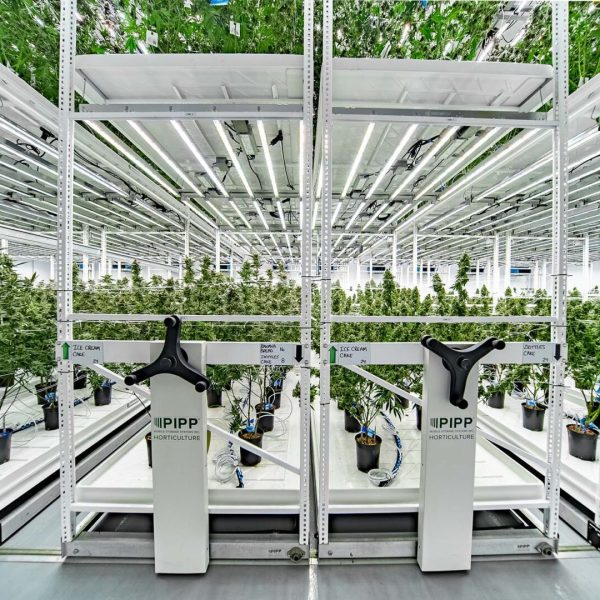
5. Protection Against Pests and Diseases
Once disease, mold, or mildew infiltrate crops, restoring plant health can be incredibly difficult, sometimes impossible. Because vertical farming typically involves hydroponic or aeroponic methods, cultivators greatly reduce the risk of such problems commonly associated with soil-based substrates.
Pest control is an additional well-known benefit of vertical farming for a few reasons. For starters, growing cannabis indoors and off the ground limits exposure to bugs and other critters (e.g., birds, rats, aphids, etc.) that can often be found in outdoor settings.
Secondly, soil is more likely to contain dormant pests or potentially harmful contaminants not present in cleaner substrates utilized in vertical farming. These two factors can be the difference between a quality or unsuccessful yield.
The Disadvantages of Vertical Farming
The benefits of vertical farming cannot be overstated. Of course, no growing method or environment is perfect. You will always encounter some kind of issue as a cannabis cultivator. For some, financial investment can be a barrier to implementing equipment. Change can also be scary for business owners. In the end, your team can weigh the pros and cons to determine if vertical farming suits your needs.
1. High Initial Costs
2. Adjusting to Change
Converting to vertical farming brings substantial change, including the addition of climate conditions on each tier, grow lights, and HVAC systems. Your current team must also adapt to these updates and procedures.
Similarly, going from single-tier to multi-tier cultivation requires a shift in mindset. Growers must completely rewire how they have always viewed cannabis cultivation, and that alone can be incredibly intimidating.
3. Regulatory Challenges
With any new industry, regulatory limitations always exist. Each state has specific cannabis policies, such as production capacity limits or building codes. Understanding these laws can be difficult while trying to convert to vertical farming with new operations and equipment to learn.


